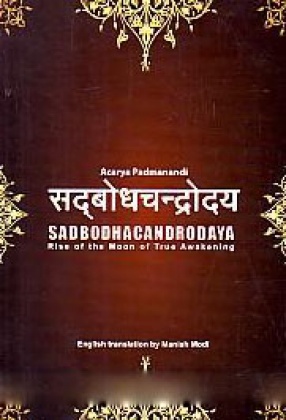
Hindi Granth Karyalaya

Showing all 21 books

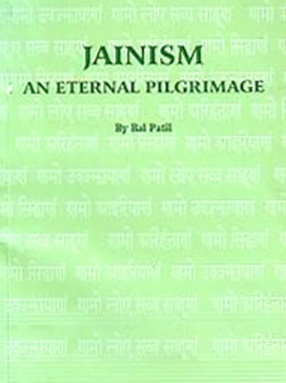
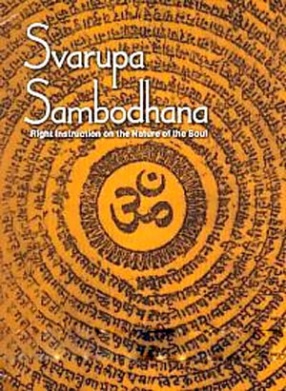
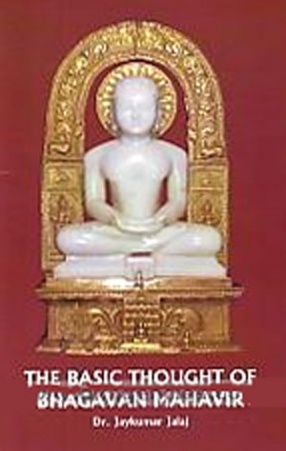
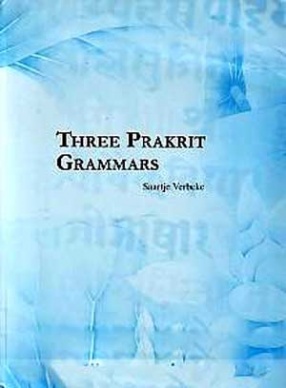

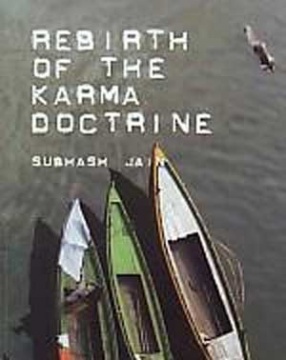
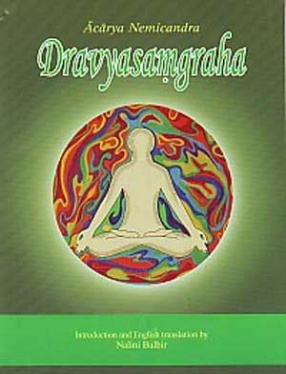
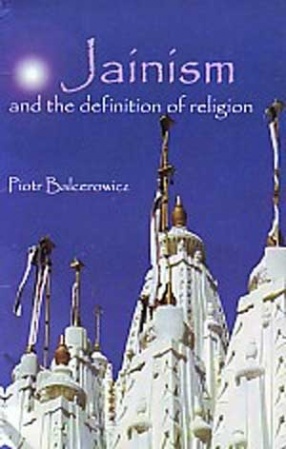
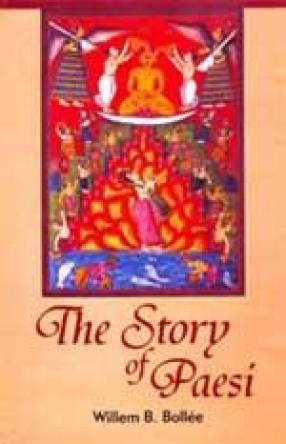
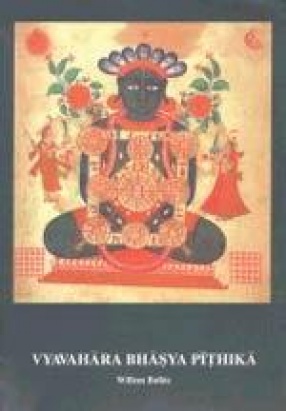
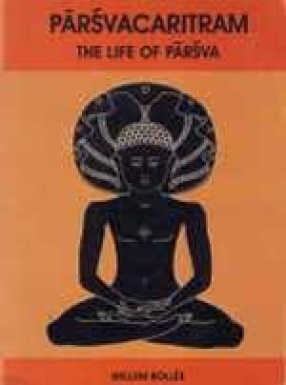

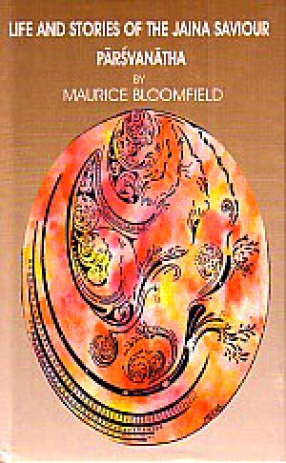

Jainism, one of the oldest faiths in the world dated many thousands of years ago to the Indus Valley Civilisation. Along with Hinduism and Buddhism, Jainism is one of the three ancient Indian religious traditions.
Jainism is a unique religion with its own philosophy, mythology, ethics and rituals. It has significantly preserved its personal religious identity, containing its own deities, scriptures and preceptors. Jainism has its own temples, places of worship ...


Nature was in its full bloom, heralding the dawn of an auspicious event.. ..BIRTH. Mahavir was born in the year 599 B.C.E. on Saturday, 19 March (the 13th day of the bright half of the moon in the month of Caitra) at Kundagram, near Vaishali in Bihar. Kundagram was a republic of the Jftatri Kshatriyas.Mahavir's father, king Siddhartha was the head of the State. His mother Trishala, also called Priyakarini was the sister or daughter of Cetak, the ...
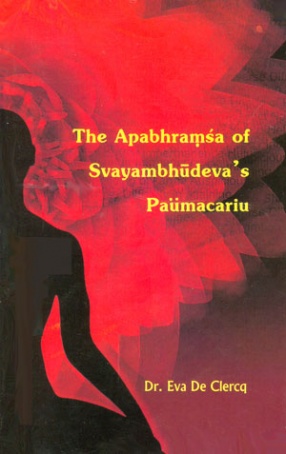
In spite of its crucial position as the link between the classical Indian literatures of Sanskrit and Prakrit, and the early modern vernacualar litertures of North India (from Braj Bhasa, Gujarati, Bengali, Hindi…), Apabhramsa language and literature remains probably one of the most understudied fields of Indology and Indian studies. The Paumacariu of the Jaina poet Svayambhudeva, narrating the Jaina version of the story of the Ramayana, is the ...



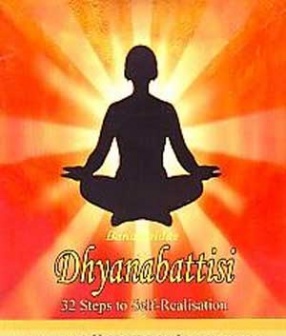


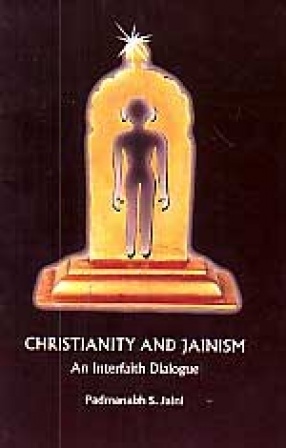
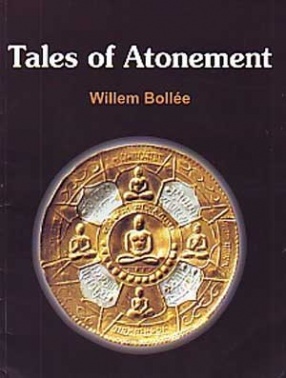

The story of materialist prince Paesi is the only larger legend common to Jain and Buddhist canonical literature and a rare sample of a lively dialogue. Its subject, the corporeality of the soul, is denied by the Jains. In contrast the Buddhists consider the ‘I’ a facon de parler for practical reasons. Modern brain research tends in favour of the Buddhist view of the ego as being impermanent and therefore an illusion created by the brain. The problem in this ...

1. The invention of Jainism: a short history of Jaina Studies/Peter Fluegel. 2. Review of Acarya Kundakunda's Barasa Anuvekkha/Willem Bollee. 3. The Sthanangasutra: An encyclopaedic text of the Svetambara Canon/Kornelius Kruempelmann. 4. Jaina philosophy and religion/Peter Fluegel. 5. Are Jaina ethics really universal?/William Johnson. 6. Subject index of the inventory of the stories in N. Balbir's Avasyaka Studien/Willem Bollee. 7. A note on the Pasa tradition ...

Jainism arose primarily as a monastic movement in which soteriological concerns played much more pronounced role than either philosophical interests or religious ritualism centred around a temple that catered to the lay community, two vital strains in Jainism that emerged only much later. In the emphasis on asceticism and a regulating code of salvifically relevant conduct from its earliest days, Jainas shared a number of features with fellow Monks and recluses, ...

On April 4th, 1972 Professor Ludwing Alsdorf was sent a typewritten copy of an English version of his Paris lectures delivered in 1965 under the title "Les Etudes Jaina. Etat present et taches futures," made by Mr. Bal Patil, with the request for consideration and revision. This was done on the advice of Professor A.N. Upadhye, the Chief Editor of the Nirvana Mahotsava Publications, whose assistant Mr. Patil then was. For unknown ...
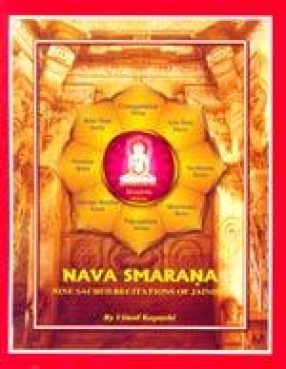
This work is an attempt to examine the nine sacred recitations collectively known as the Nava-smarana. Some of these recitations are very popular and almost worshipped by devout Jains. The smaranas that have been explored in this book can only give one a glimpse in to the vast ocean of Jain literary works and achievements. Although, many smaranas are recited in prayers almost every day, there is no in-depth study that has been done in English. This book aims to ...
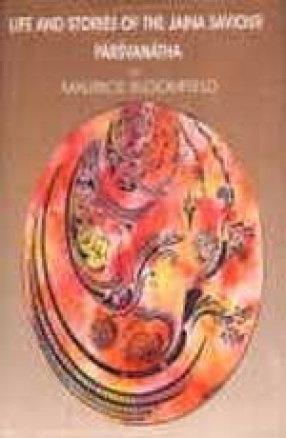
The publication in India, in the year 1912, of Bhavadevasuri's Parsvanatha Caritra opens out, for the first time, a more connected and complete account of the life and teachings of the penultimate Jaina Tirthamkara, or Saviour, Parsva or Parsvanatha. The last Tirthamkara, Vardhamana or Nirgrantha Jnatrputra, best known as Vira or Mahavira, a historical personage, is supposed to have lived either in the last half of the sixth, or in the first half of the fifth ...

